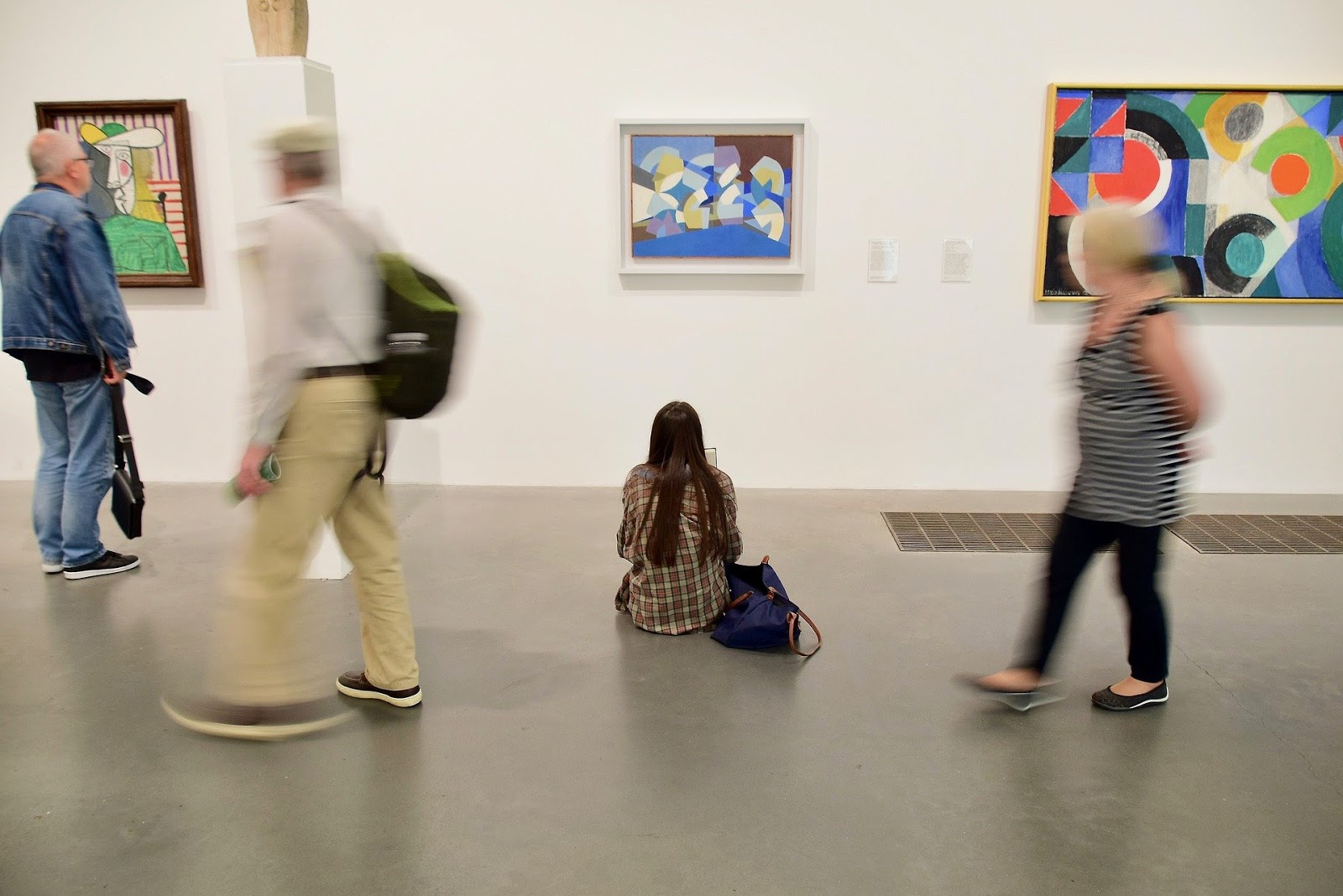Physical and Virtual Gallery Walks

Goal
This resource provides information about designing physical and virtual gallery walks to engage students in learning.
What Are Gallery Walks?
As we visit a museum gallery and walk around, we engage with a variety of different exhibits. We learn something new or have a unique encounter with each piece. A “gallery walk” that engages learners shares similar elements as students interact with a variety of course-related materials. Classroom-based gallery walks are feasible to implement in both physical and virtual spaces.
Physical Gallery Walks
For an in-person course, a gallery walk might involve groups of students responding to prompts on large poster boards at different locations around the classroom. Post-it® Super Sticky Table Top Easel Pads and Post-it® Notes can quickly become favorites for this type of gallery walk. Additionally, if the teaching space has moveable whiteboards, a gallery walk presents a great opportunity for students to use them. After time is up, students walk around to view their peers’ completed posters. While observing, student tasks may involve taking notes, answering questions, or providing feedback on the other posters using sticky notes. After the gallery walk, groups can present their posters, or the entire class can convene to share individual observations.
Directions for Gallery Walks in the Classroom
Here are three sample directions that the gallery walk could take across varying disciplinary contexts:
- Individual students or pairs examine images, text, or objects placed around the room, make observations and respond to prompts.
- Groups or individual students create an illustration or figure (e.g. diagram, concept map, graph, etc.) demonstrating what they’ve learned so far about a particular course concept.
- Groups or individual students solve a problem and the gallery walk is used to compare different strategies used.
Digital or Virtual Gallery Walks
Gallery walks are also possible to implement in virtual environments with a few tweaks. In place of physical posters, instructors can use Google Suite software such as Google Slides or Google Docs. They can display prompts or images on individual shared slides or documents, and dedicate time for learners to move from slide to slide or document to document in a manner similar to a physical gallery walk. Instructors can also assign student groups to breakout rooms, and learners can move from room to room to complete each activity or observation for the gallery walk using the shared documents.
For further guidance, here is a document with step-by-step instructions for making one type of virtual gallery walk. A gallery template is also available in PowerPoint for those interested in using imagery simulating an actual gallery.
Gallery walks, like the escape rooms, are another example of creatively taking a concept from one context and transferring it to the classroom, one of the many beauties of teaching.